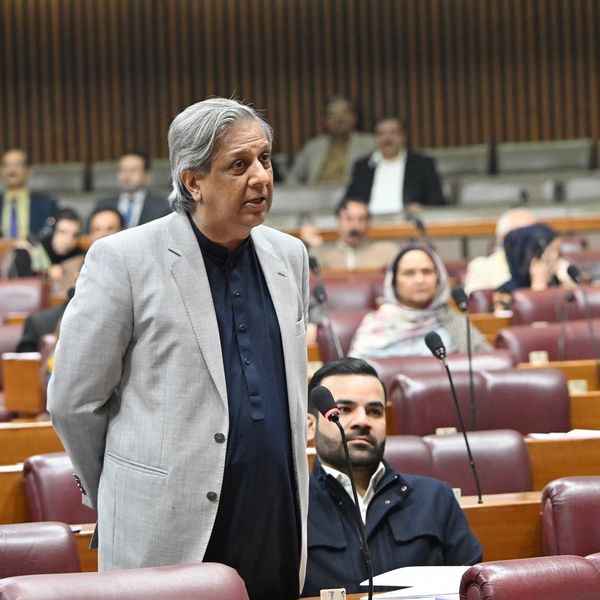SBP seen taking cautious line on interest rate amid inflation risks, flood impact
Brokerage expects policy rate cut of 150 bps by December as central bank balances recovery with price stability
Business Desk
The Business Desk tracks economic trends, market movements, and business developments, offering analysis of both local and global financial news.

Photo by RDNE Stock Project via Pexels
The State Bank of Pakistan (SBP) is likely to adopt a cautious stance in its upcoming Monetary Policy Committee (MPC) meeting due to emerging inflationary risks and heightened geopolitical tensions, according to a report issued by brokerage house AKD Securities.
The firm cited recent food price increases, flooding, and global developments, including rising tensions in the Middle East, as key risks that may influence the central bank’s decision-making. However, it also forecast that inflation will remain within the lower end of the SBP’s medium-term target range of 5% to 7% in fiscal year 2025-26 (FY26).
“Despite the recent uptick in food prices, we believe the surge is temporary,” AKD Securities stated. “The impact of floods and above-average rainfall is expected to remain contained due to effective floodwater management at critical barrages and timely disposal of rainwater.”
The brokerage noted that inflationary pressure is unlikely to persist, thanks in part to a stable Pakistani rupee supported by strong remittances, adequate foreign exchange reserves—currently covering 2.7 months of imports—and renewed access to international markets following recent credit rating upgrades.
The SBP’s cautious stance is also expected to balance economic recovery efforts with inflation control, amid concerns over food supply chain disruptions and rising import bills. AKD said the central bank is expected to cut its policy rate by 150 basis points by December, citing subdued economic activity and elevated real interest rates.
On the recent flooding, AKD highlighted that infrastructure at major water control points, including the Trimmu, Punjnad, and Sidhnai barrages, has effectively diverted water, minimizing damage. Although a high flood level persists at Punjnad, it remains within safe operational limits, with a similar situation expected as the water flows downstream toward the Guddu and Sukkur barrages.
AKD also pointed to broader macroeconomic stability as a reason for optimism. “Structural improvements in the foreign exchange market, reduced interest payments, and a decline in global commodity prices are expected to offset potential challenges such as reduced rice exports and lower subsidies,” the report said.
The SBP’s next MPC meeting is closely watched by investors, particularly as Pakistan attempts to strike a balance between taming inflation and stimulating growth in a fragile post-crisis recovery environment.










Comments
See what people are discussing